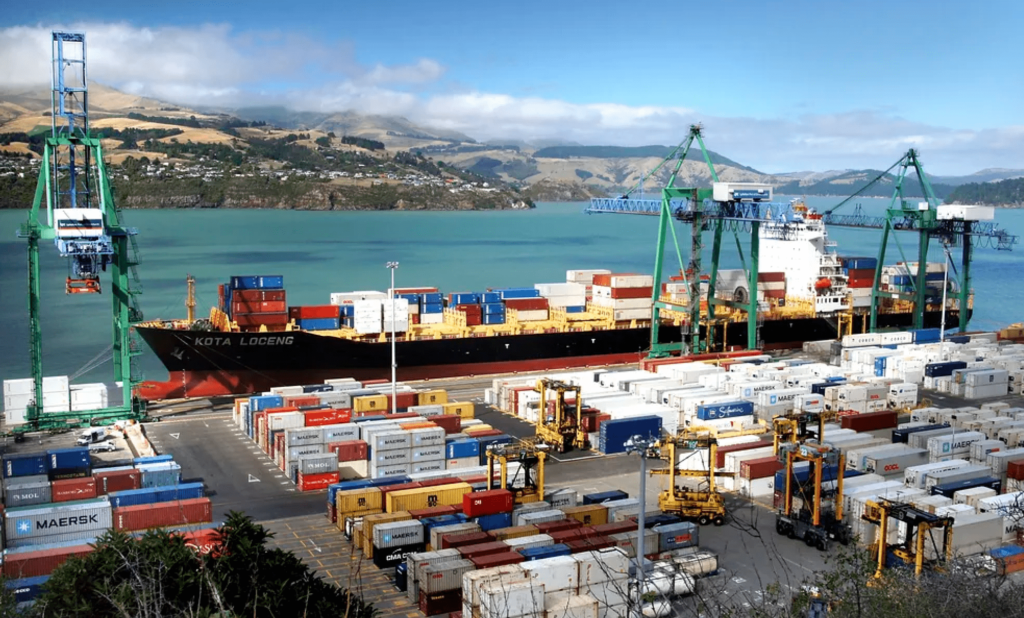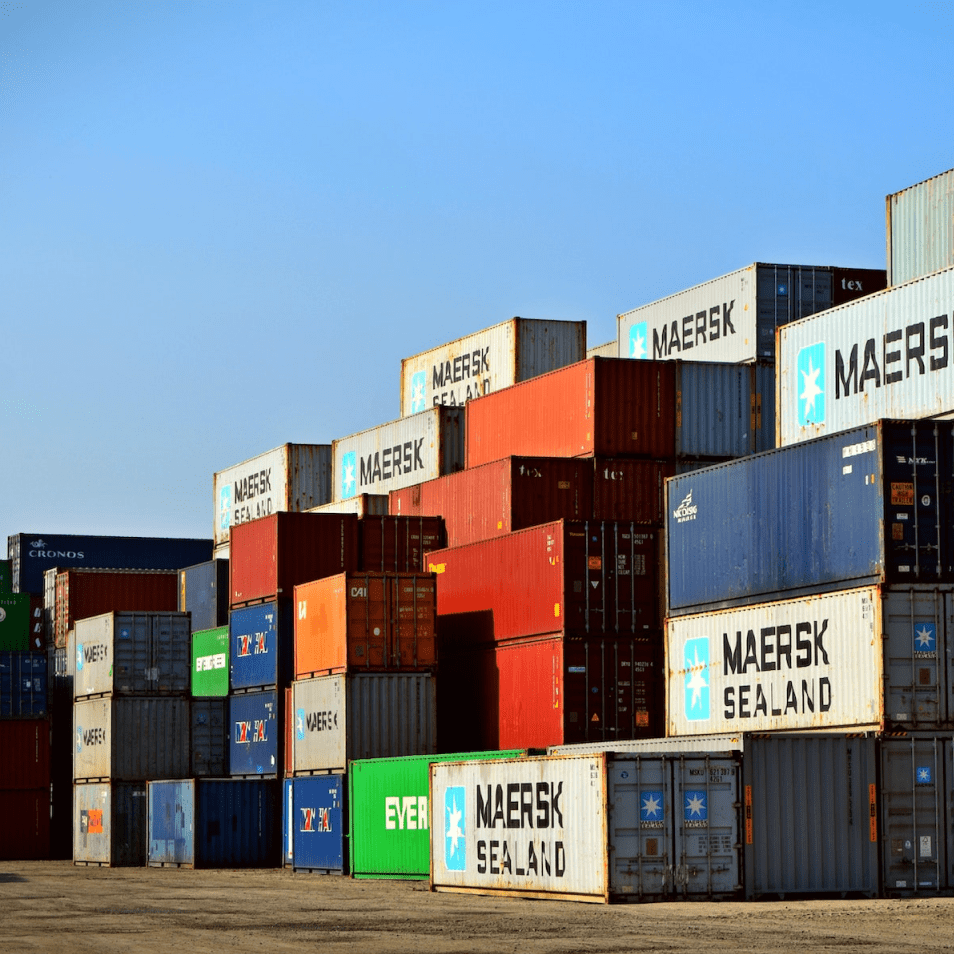Get in touch
Sea Freight Forwarding
Transp’s roots are in Sea Freight! Whether it’s full containers, consolidations, roll-on/roll- off equipment or entire projects, moving shipments by sea is our “flagship” service.



Sea freight forwarding, also known as ocean freight forwarding, is a critical aspect of the global supply chain. It refers to the transportation of goods via cargo ships or vessels from one port to another. This mode of transportation is preferred by many businesses due to its cost-effectiveness, reliability, and ability to transport large quantities of goods. In this article, we will discuss the basics of sea freight forwarding, including its benefits, modes of transportation, and key players.
Modes of Sea Freight Transportation
There are two primary modes of sea freight transportation: Full Container Load (FCL) and Less than Container Load (LCL). FCL is used when the shipment is large enough to fill an entire container. On the other hand, LCL is used when the shipment does not require a full container. In this case, the goods are combined with other shipments to fill a container. Both modes have their advantages and disadvantages.

There are two primary modes of sea freight transportation: Full Container Load (FCL) and Less than Container Load (LCL). FCL is used when the shipment is large enough to fill an entire container. On the other hand, LCL is used when the shipment does not require a full container. In this case, the goods are combined with other shipments to fill a container. Both modes have their advantages and disadvantages.
There are two primary modes of sea freight transportation: Full Container Load (FCL) and Less than Container Load (LCL). FCL is used when the shipment is large enough to fill an entire container. On the other hand, LCL is used when the shipment does not require a full container. In this case, the goods are combined with other shipments to fill a container. Both modes have their advantages and disadvantages.
Benefits of Sea Freight Forwarding
There are two primary modes of sea freight transportation: Full Container Load (FCL) and Less than Container Load (LCL).
FCL is used when the shipment is large enough to fill an entire container. On the other hand, LCL is used when the shipment does not require a full container. In this case, the goods are combined with other shipments to fill a container. Both modes have their advantages and disadvantages.
There are two primary modes of sea freight transportation: Full Container Load (FCL) and Less than Container Load (LCL). FCL is used when the shipment is large enough to fill an entire container. On the other hand.

Calculate Shipping
Please Fill All Inquiry To Get Your Total Price.

Pricing Plan
Pick your plan. Change whenever you want. No switching fees between packages
Enterprise
Advanced features for pros who need more customization.
$159
/Month$1100
/Year- 5 -Days Shipping World Wide
- 1 Kg Weight Max /Package
- Free Bubble Warp
- 24/7 Support
Premium
Advanced features for pros who need more customization.
$125
/Month$1500
/Year- 15-Days Shipping World Wide
- 1 Kg Weight Max /Package
- Free Bubble Warp
- 24/7 Support
Essentials
All the basics for businesses that are just getting started.
$89
/Month$1300
/Year- 7-Days Shipping World Wide
- 3 Kg Weight Max /Package
- Free Wood Crate
- Get in touch to discuss
- Use Personal And Commercial
- 24/7 Support
Unlimited
Advanced features for pros who need more customization.
$199
/Month$1500
/Year- 4 -Days Shipping World Wide
- 1 Kg Weight Max /Package
- Free Bubble Warp
- 24/7 Support
Other Services
You choose the cities where you’d like to deliver. All deliveries are within a specific service area and delivery services vary by location. Whatever the mode or requirement, we will find and book the ideal expedited shipping solution to ensure a timely delivery.
Get in Touch
-

Address
65 Allerton Street 901 N Pitt Str, USA
-

Email
contact@transp.com
-

Telephone
(+380) 50 318 47 07 - (+182) 50 318 47 07




